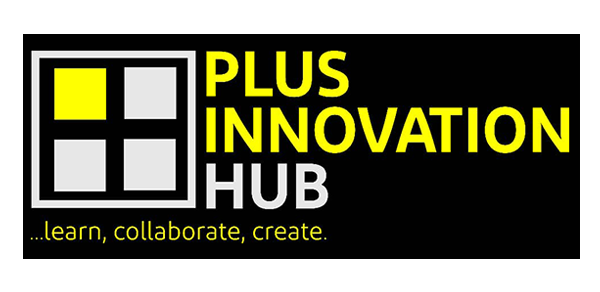Stem and Robotics Club
Course Content
STEM and Robotics clubs provide students with opportunities to explore science, technology, engineering, and mathematics in hands-on, collaborative environments. Through these clubs, students engage in robotics projects, coding challenges, and STEM competitions, fostering critical thinking, creativity, and teamwork skills. Our area of interest cover key interest such as
- Animation
- Visual based programming
- Text based programming
- Mobile App development
- Web development
- ROBOTICS
- DIY- Activities
Benefits
Engaging children in STEM (Science, Technology, Engineering, and Mathematics) and Robotics from a young age can offer numerous benefits:
- Cognitive Development: These subjects encourage problem-solving, critical thinking, and logical reasoning skills, which are essential for academic success and future careers.
- Creativity: Animation, DIY activities, and robotics allow children to express their creativity by designing and building their projects, fostering imagination and innovation.
- Digital Literacy: Exposure to visual and text-based programming, mobile app development, and web development helps children develop digital literacy skills, enabling them to navigate and understand technology in today’s digital world.
- Teamwork and Collaboration: Many STEM and robotics activities involve teamwork, promoting collaboration, communication, and interpersonal skills.
- Real-world Application: Children can see the practical application of what they learn, making the concepts more tangible and relevant to their lives.
- Career Opportunities: Early exposure to STEM and robotics can ignite interest in related fields, potentially leading to future career paths in technology, engineering, computer science, and other STEM-related industries.
- Problem-Solving Skills: Through hands-on activities like DIY projects and robotics challenges, children learn to identify problems, brainstorm solutions, and iterate on their designs—a crucial skill applicable in various aspects of life.
- Adaptability and Resilience: STEM and robotics often involve trial and error, teaching children resilience and adaptability when facing setbacks or failures.
- Future-Proofing: In an increasingly technology-driven world, proficiency in STEM subjects and robotics prepares children for future challenges and opportunities in a rapidly evolving job market.
- Fun and Engagement: Above all, these activities are fun and engaging, capturing children’s interest and motivating them to explore and learn more about the world around them.
Overall, integrating STEM and robotics into children’s education provides a holistic approach to learning, encompassing academic, practical, and personal development aspects.
Registration Procedure
- Complete the registration form below this page.
- Course Registration must be completed 2 weeks before training commencement.
- Course Registration details would be sent to your email latest 24 hours before commencement of training.
- Early Childhood (3-6 years):
- Introduction to basic STEM concepts through age-appropriate activities such as building blocks, simple experiments, and exploration of shapes and patterns.
- Introduction to basic robotics concepts through simple, hands-on activities like building and controlling simple robots or robotic toys.
- Primary School (6-12 years):
- Engaging in more structured STEM activities involving experimentation, basic coding concepts, and hands-on projects.
- Introduction to robotics through simple robot kits, programming basic movements, and participating in robotics competitions tailored to younger students.
- Junior School (12-14 years):
- Exploring more advanced STEM topics such as coding languages, engineering principles, and scientific experimentation.
- Delving deeper into robotics with more complex kits, programming languages, and participation in robotics competitions with greater challenges.
- Senior secondary School (14-18 years):
- Participation in robotics clubs, teams, and competitions where students can apply their knowledge to solve real-world challenges through robotics projects.










